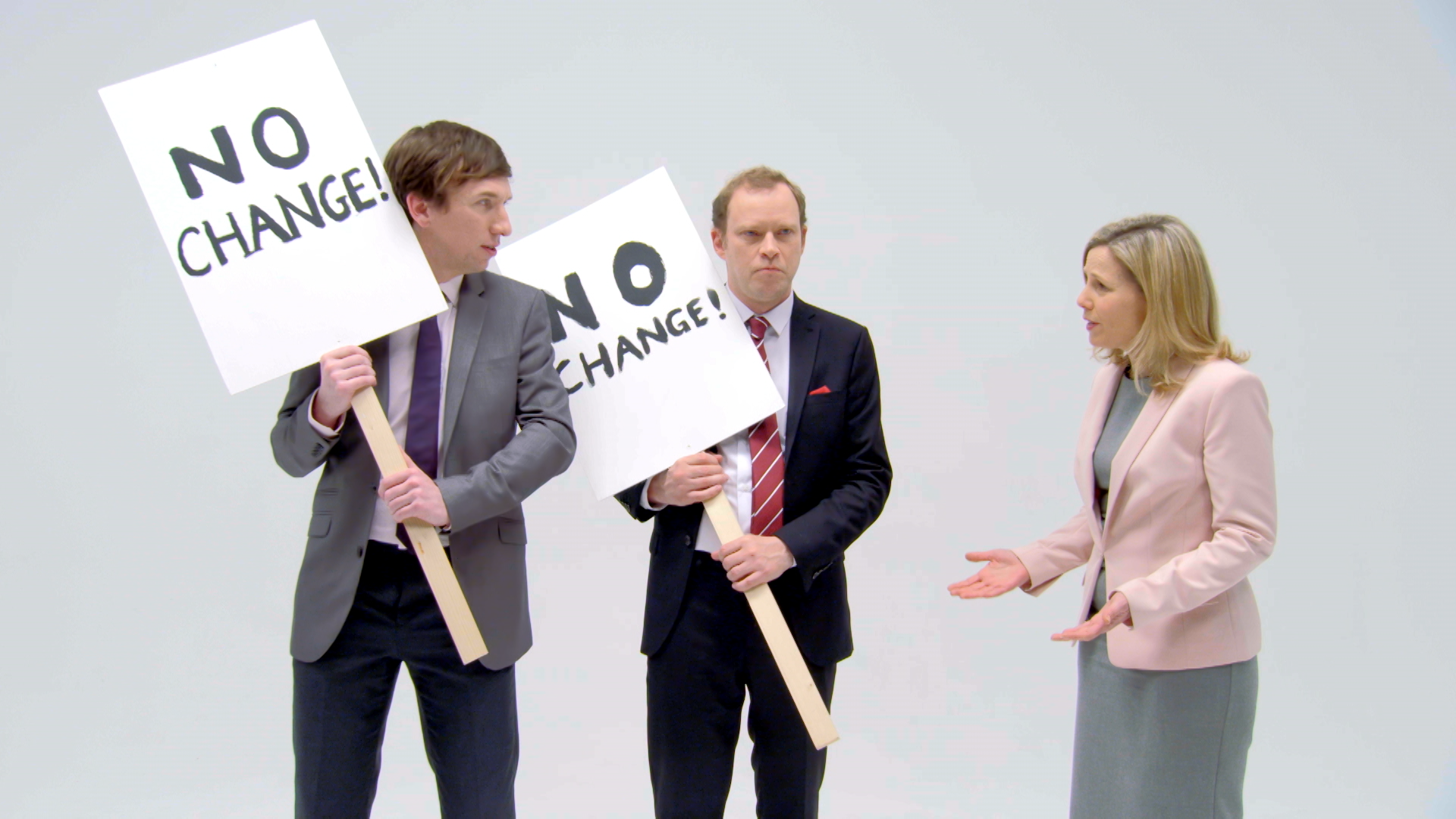One way to better understand your own approach and that of others is, of course, is to live abroad. Leaving your own culture for a number of years will give you a broader perspective of how ‘we’ are seen by others. A cheaper (and less drastic) option though is cultural sensitivity training, which L&D teams are increasingly being asked to provide.
With the move to globalisation, more organisations are creating international teams to achieve their objectives. Members of these teams will invariably have different levels of intercultural sensitivity. They may or may not be aware of the impact that cultural differences can have on team effectiveness.
This can present a real challenge to those who are asked to lead these teams. For example, team members from different countries will often have different attitudes to issues such as punctuality, communication style, team leadership, hierarchy, trust and relationship building. It is not enough for team leaders to simply understand these differences and cultural preferences. They have to respond to them. Often that will mean going beyond their default approach or instinct.
This isn’t easy. At Video Arts, we’re starting to distribute a new e-learning course, called Managing Multicultural Teams, which shows some of the mistakes and misinterpretations that can occur when culturally-diverse teams try to work and communicate both face-to-face and virtually.
These misinterpretations arise because we all carry a heavy load of cultural baggage with us wherever we go and it can impact on even our best intentions. As the founder of Honda, Takeo Fujisawa, said: “Japanese and American management practices are 95 percent the same… and differ in all important respects”. In the same way, the various perspectives and approaches of team members in global companies may seem similar but there will undoubtedly be important differences that can jeopardise the harmony and productivity of the team.
Therein lies the great opportunity and challenge for multicultural team-working: how to get the best out of the differences that exist whilst building commitment to the common goal.
A good place for team leaders to start is to recognise that ‘we’ are part of the problem. It’s not just ‘them’. Learning about cultural sensitivity should begin with learning more about ourselves.
The key to successful working relationships in international teams lies in, first, finding the desire and then the ability to see how people who grew up differently to us are in fact just as complex as we are – but in a different way. Then, as we learn more about each other, the challenge is to find practical ways of getting things done in the team together.
In the dash to globalisation, those who learn to appreciate and resolve the challenge of cultural sensitivity will be the ones who’ll prosper.



